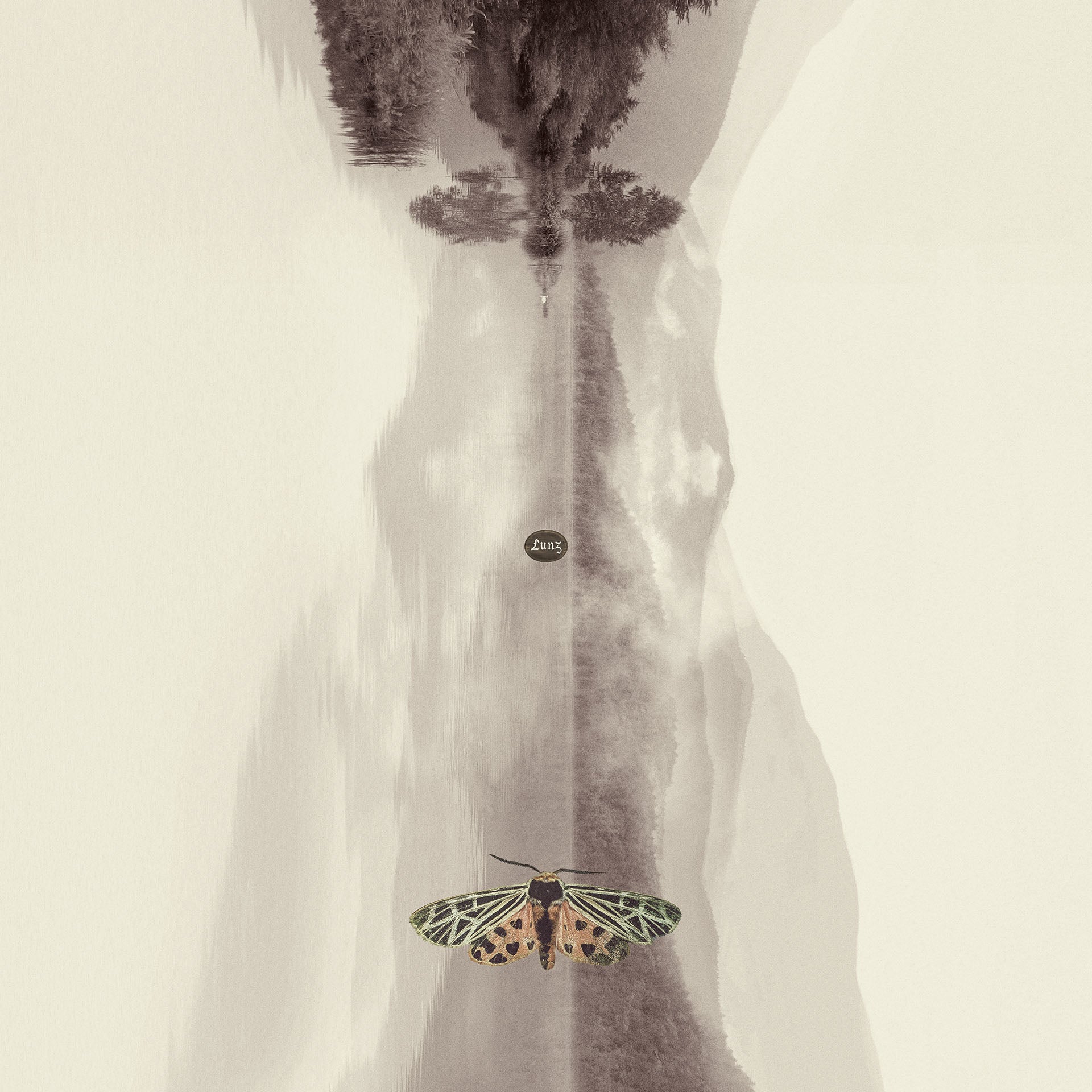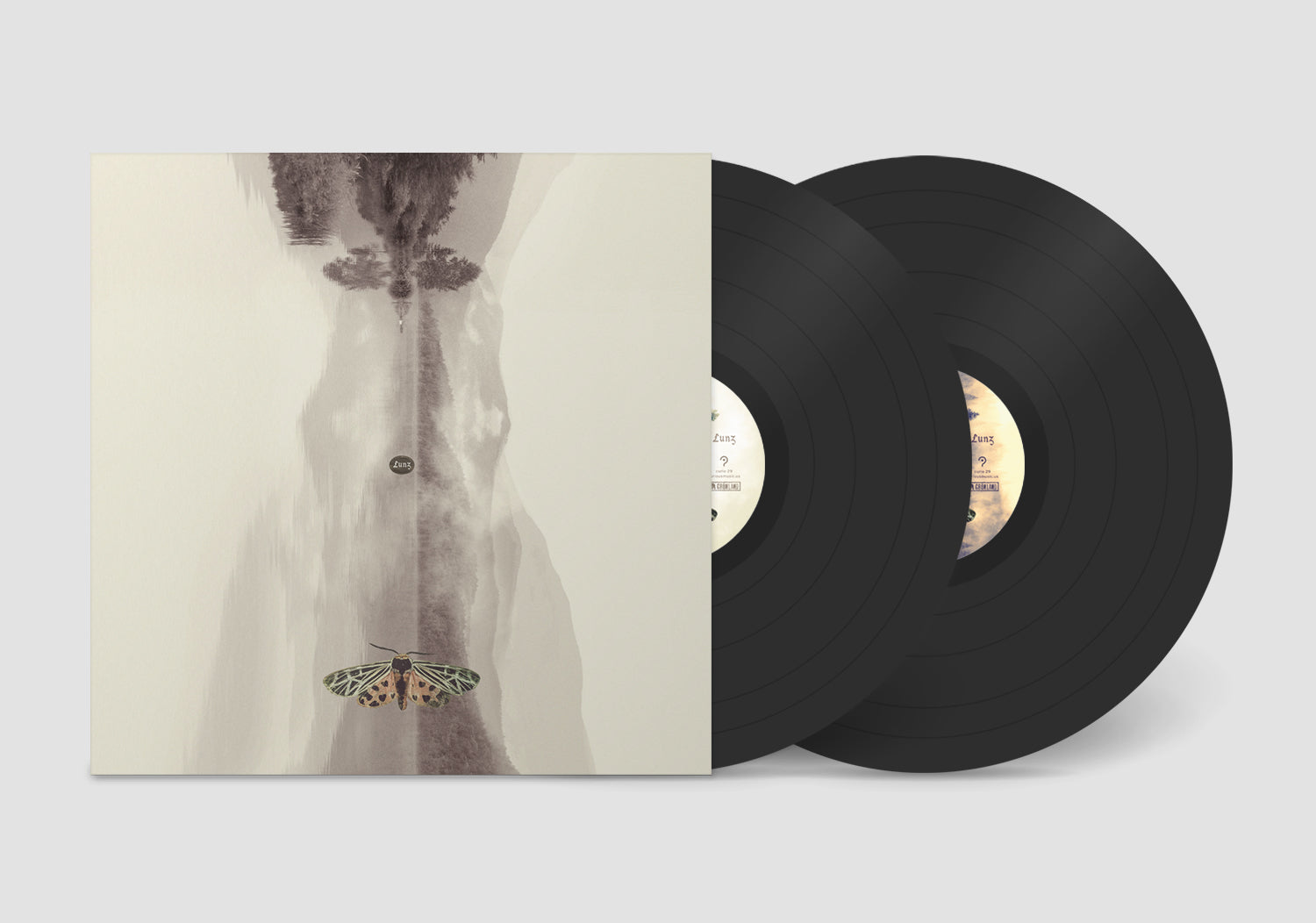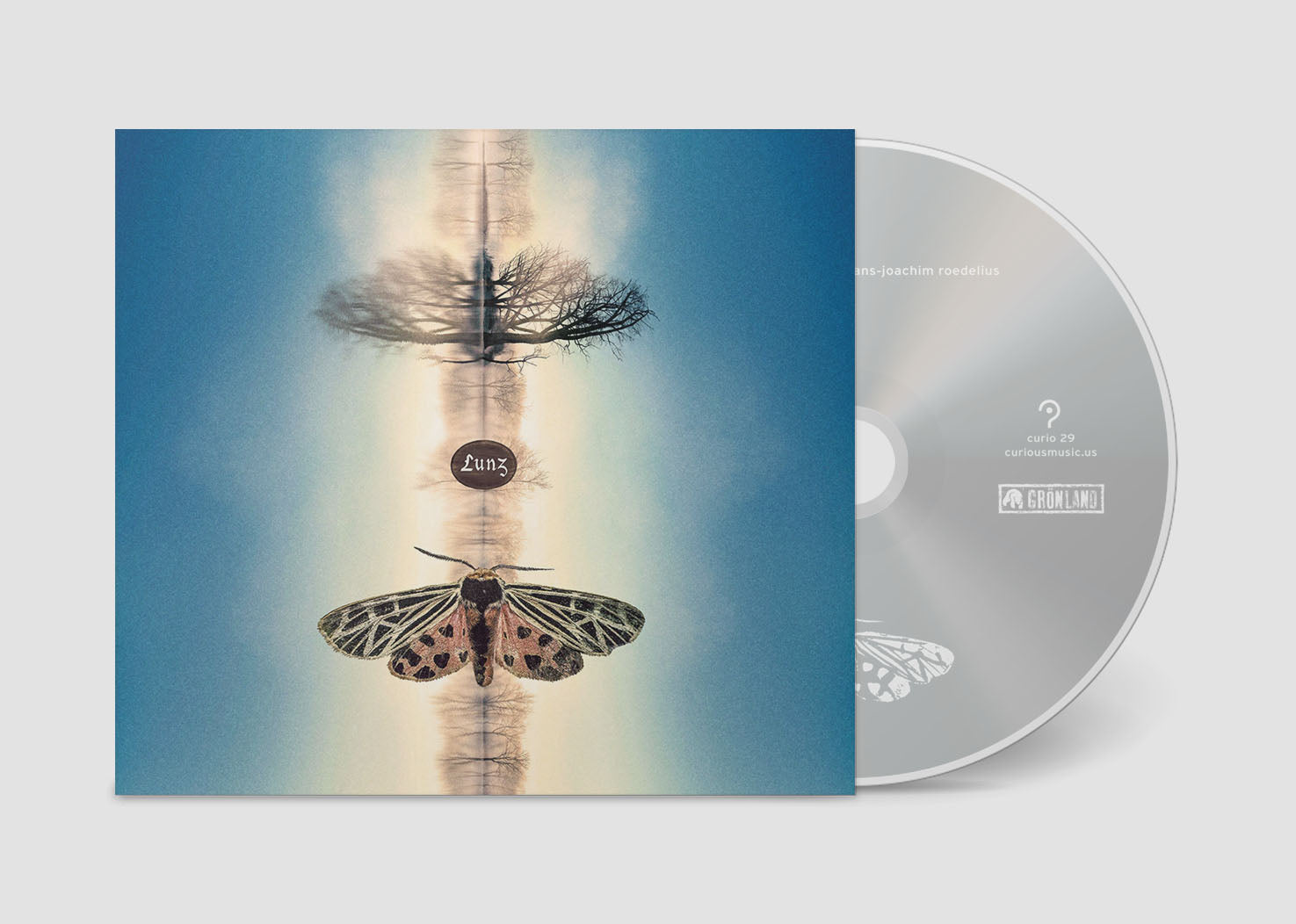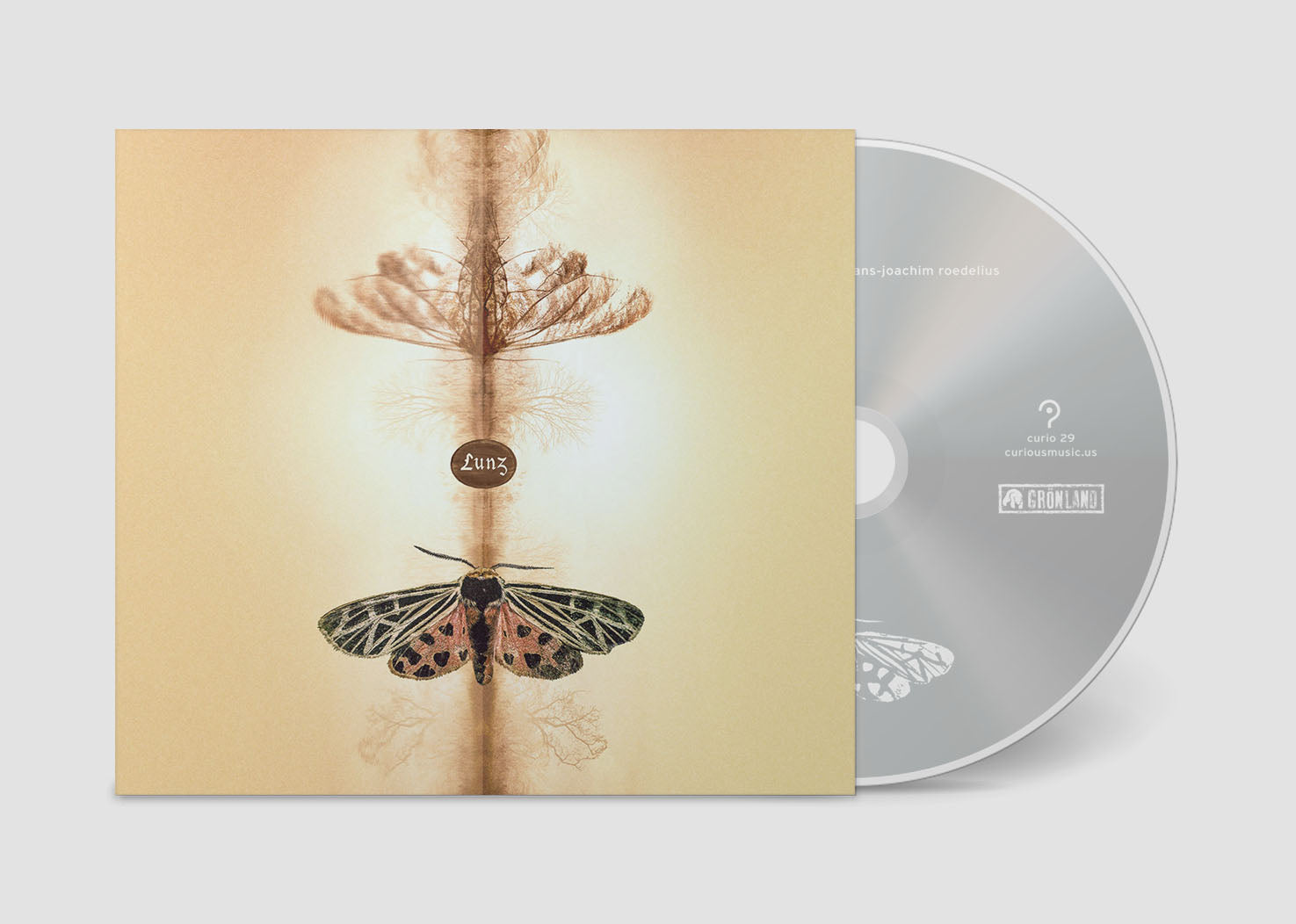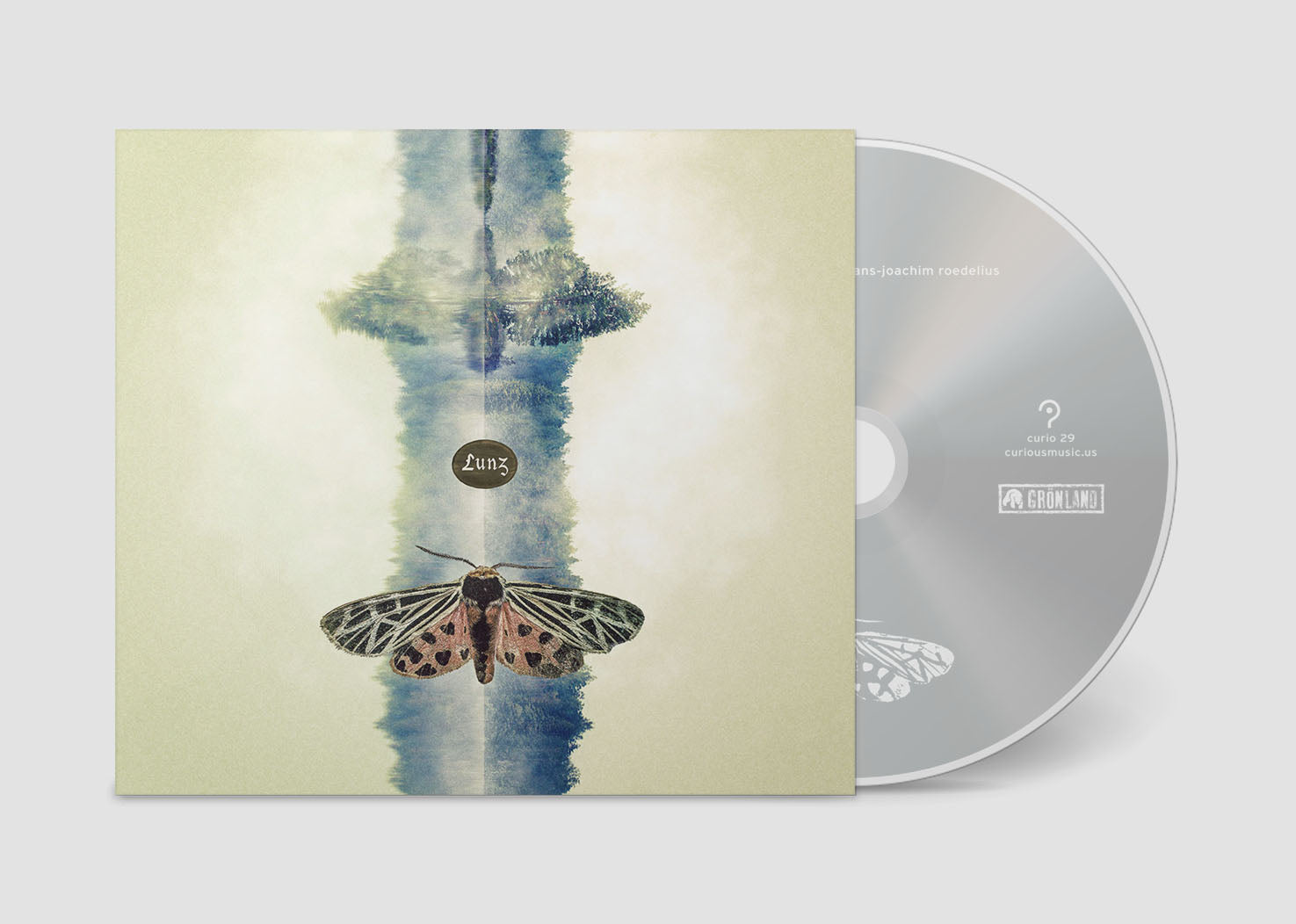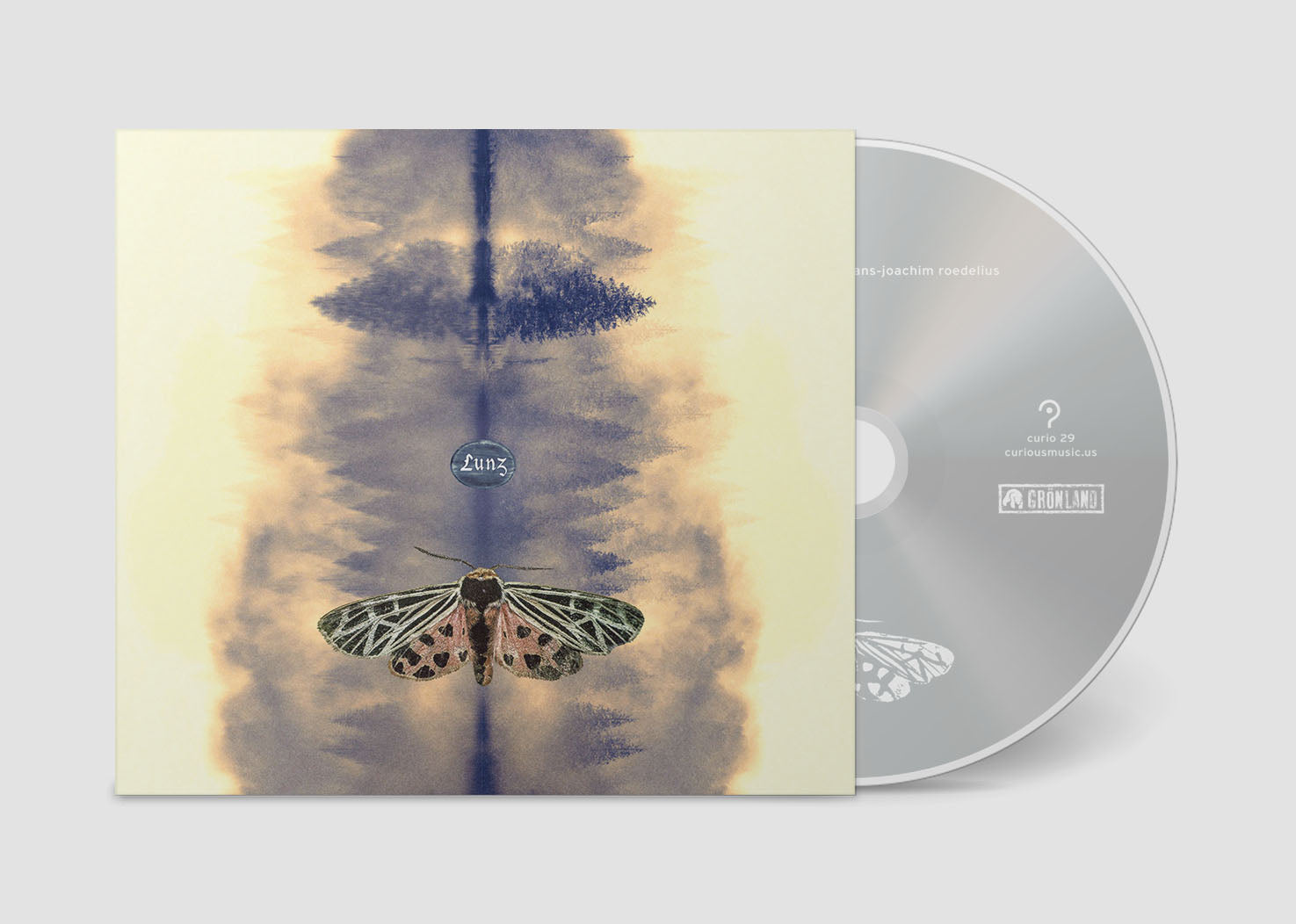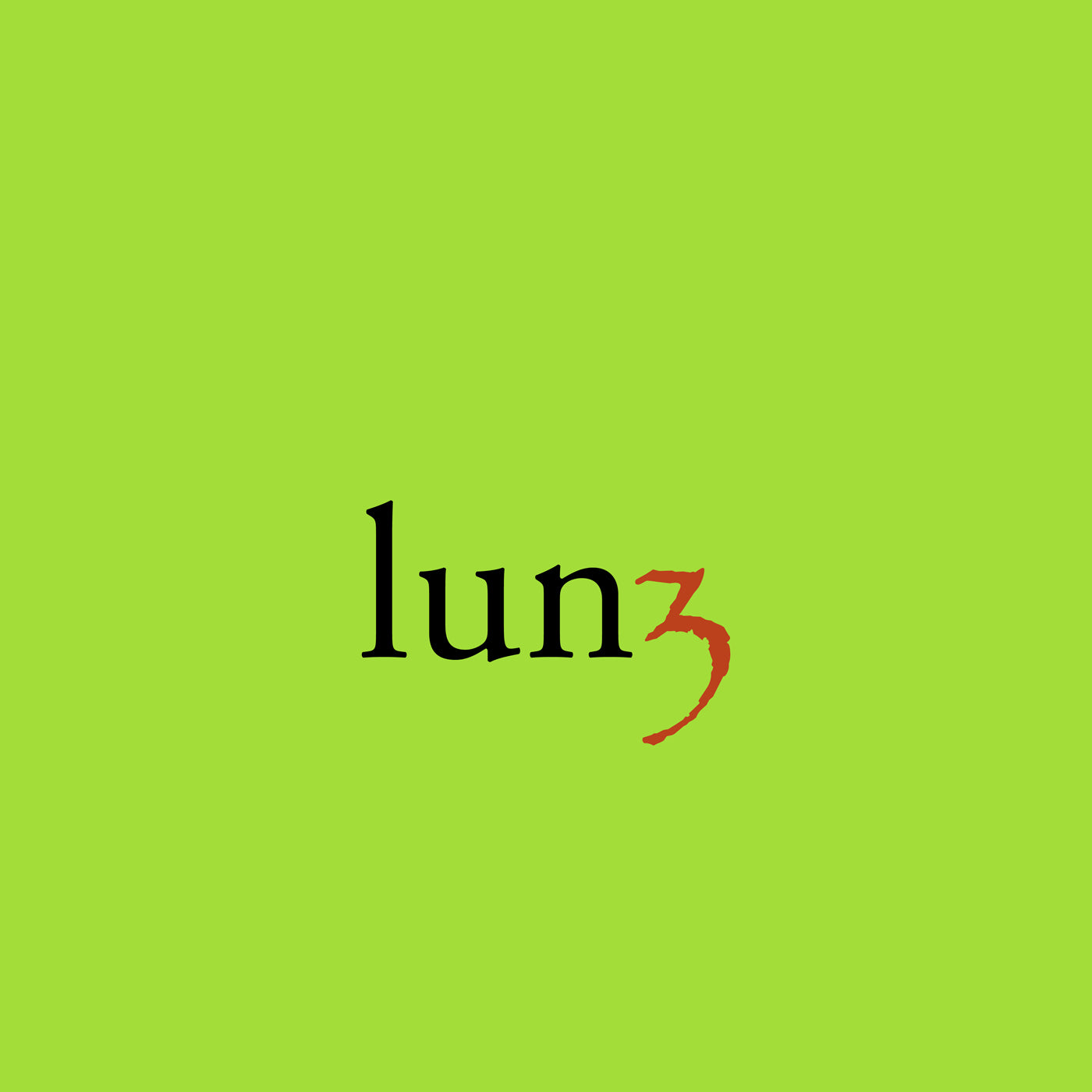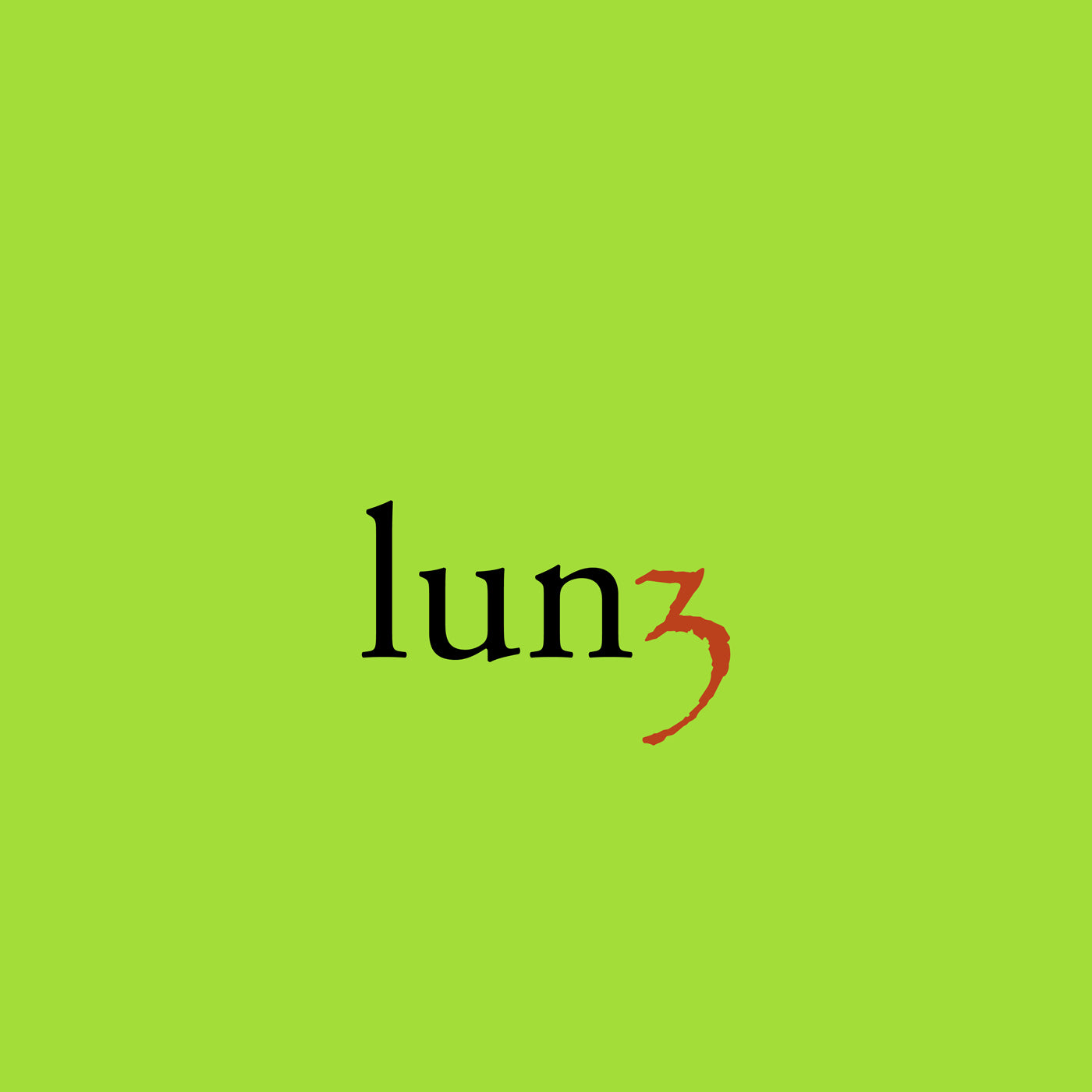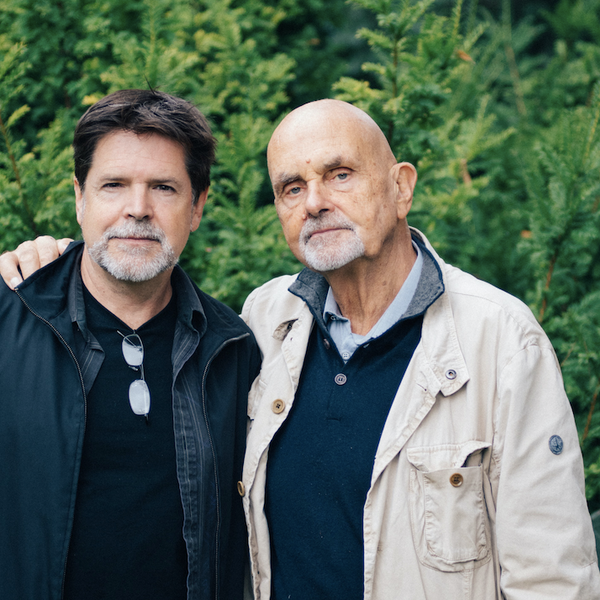
WEBSITE
Roedelius & Tim Story
Hans-Joachim Roedelius (*1934) is one of the spooky great figures of contemporary sound art. A great figure because without his work, modern music would not be what it is. Spooky because hardly anyone will be able to whistle even one of his melodies.
If the spirit of the times had followed him, Roedelius was already gone. If the spirit of the times had moved on, Roedelius was still there. Which explains the peculiar way in which he has shaped the present since 1968 - as a powerful and constant Gulf Stream of human warmth that continues to change the climate for the better.
At the beginning there was the desire to push everything old and conventional aside - to penetrate into the unknown and yet unique. Fluxus. Happening. Noise. Unlike his colleagues from Kraftwerk, Can or Neu!, Roedelius went sideways into the bushes in the mid-seventies. And there he discovered silence, a whole continent of it. With Harmonia and Cluster he influenced Brian Eno, among others, who later gave this new continent a name: Ambient.
Tim Story (*1957) is a late immigrant to this continent. He does not come from noise and dilettantism, but from the academy. He studied Claude Debussy, Charles Ives, Steve Reich, Robert Wyatt at an early age and, as a teenager, Harmonia and Cluster. He studied a beauty that wants to be more than just distraction. It wants to be good, or at least a hint of it.
If there is one point where the aesthetics of the American and the German electronic musicians meet, it is in new music. Specifically in the case of Arvo Pärt, whose hyperharmonic composition "Tabula Rasa" also explores silence, consists of sound clusters (!) - and truly explores final things. The piece became famous during the AIDS epidemic in the 1980s. As acoustic accompaniment to the dying, it has a deep comfort that is no longer of this world.
"My actual job is as a nurse, end-of-life companion, physiotherapist and masseur," remembers Roedelius. His music is also healing, helpful and good. He met Tim Story in Lunz, Austria, and that is what they called their joint project. "Lunz 3" also pursues the simple but ambitious purpose of feeling the wall of the world for the door to another reality. For beauty and goodness, the two hospitable neighbors of silence.
The master from Berlin contributed sketches, tender etudes in major and minor, whispered melodic arches, sometimes just a hesitant touch on the keys. His apprentice from Ohio embedded the collected nuances and phrasings in a warm flow to transform the scattered material into a "living, breathing organism".
Roedelius speaks of a "production and interlocking of specific sounds, thereby enabling a temporarily limited creation and disappearance of a meta-sound world with effects on the unconscious of the listener." One could also call congeniality what pulsates and shimmers, rustles and scrapes, gurgles and gets lost in echoes, as if Boards of Canada by Philip Glass were being deconstructed while Eric Satie dreams at the piano.
The music is contemporary but timeless. It is abstract but anything but abstract. There is life everywhere, from the rain (“Tenebrous”), to nods to Robert Fripp (“Appropriate”) and orientalizing violin bows (“Plural”). More than furniture, metaphysical massage. And a contemplative circling around the old question of what it means to be human. Perhaps something good.


